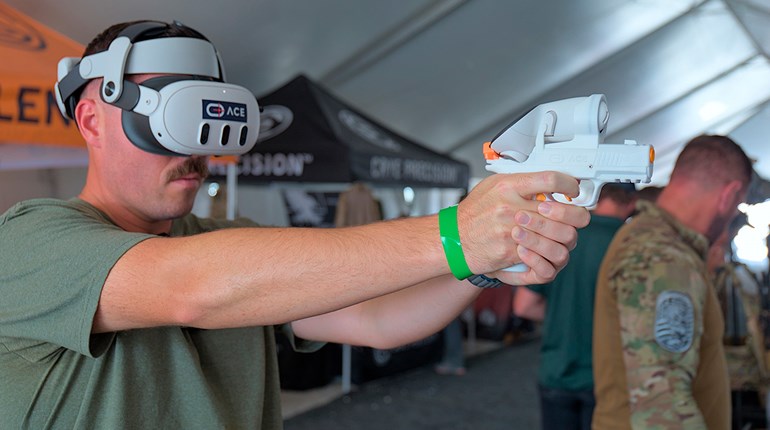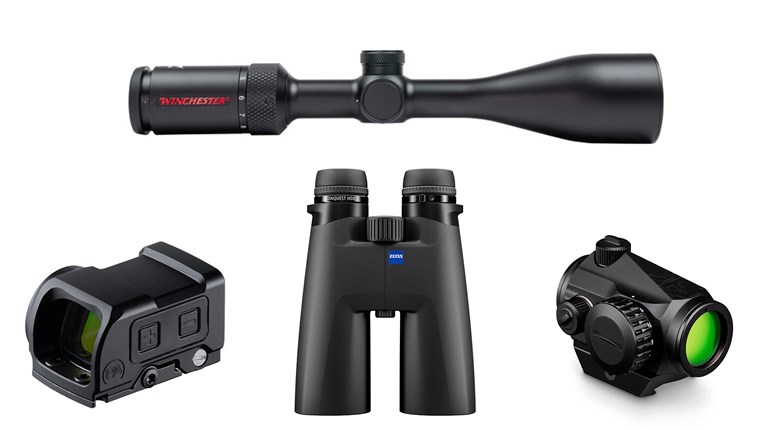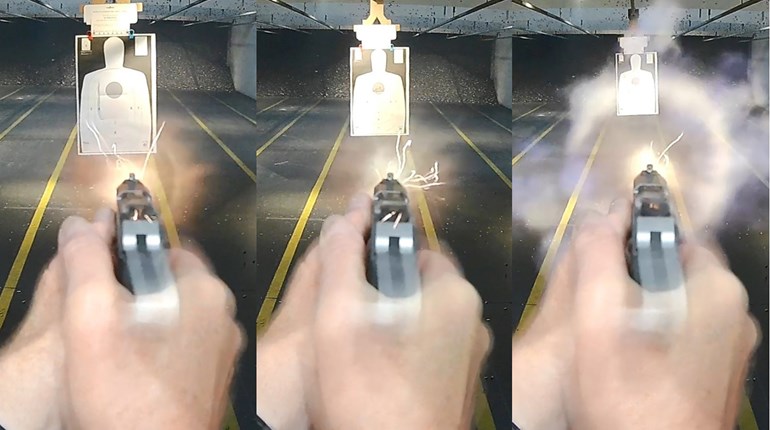
When it comes to firearm safety and handling instruction, one size does not fit all. As an instructor, one must learn to adapt and, in many cases, overcome. Students from all walks of life and all experience levels will seek out professional instruction, and as the one that holds the knowledge and experience, it is your job and responsibility to impart that knowledge in a way that sticks. The manner in which this is done all comes down to the personal style of the instructor—and no, I'm not talking about whether they are dressed up in a three-piece suit versus them being layered in plate carriers and MOLLE. Instructor personalities and backgrounds come through in the way that they approach their students, and this will also vary based on the courses that they teach. Going back to my college days, I'm reminded of an early education course that revolved around the different learning styles of children and how you could vary your teaching methods in order to meet the needs of everyone in your classroom…never would I have known that years later I would be applying this knowledge on the range! (See kids … school is important!)
Growing up in rural Indiana, I've been around guns all my life. My earliest memories include Dad going out to hunt rabbits early on Thanksgiving morning while Mom was in the kitchen frying up celery and onions for homemade stuffing. Target shooting on the family farm was always a blast, and at some point, I remember a shoddy-looking deer stand in our backyard (now that's better than any playground I can imagine). Needless to say, and I've been known to say this to students in these exact words when they ask how I first got interested in firearms: "I was born and raised in rural Indiana … . I pretty much popped out of the womb with a gun in my hands!" As the years passed, I developed my skills and eventually became an NRA Certified Instructor. Today I am qualified to teach several disciplines, and serve as vice president at Renaissance Firearms Instruction.

Sharing the bulk of the instruction is my husband, Frank. In most of the courses we offer, we teach side by side. Unlike my rural midwest upbringing, Frank was born and raised in New York. Like me, he holds several NRA instructor certifications and is a seasoned veteran when it comes to instructing. While I view my instructional style as simpler and more laid back sprinkled with some humor and tough love, Frank excels at the more technical aspects of things and is an excellent speaker. What he can get across in words, I do better explaining with illustrations. For example, during an NRA Basic Rifle course, we explain the concept of "minute of angle" to students; how "1 MOA = 1 inch at 100 yards" and how the "1-inch measurement" will change depending on the distance of the target. Frank is able to paint a picture with his words in how this is made to be, while I'm often found grabbing a sharpie and drawing the world's finest stick figure holding a "stick rifle" with a large illustration of this lesson. Between the two, which is the right or wrong way to teach this concept? Both are correct. This is the beauty of having instructors with different backgrounds and teaching styles. Both visual and auditory learners were covered in this course, and "no student was left behind."
My instructional style balances reassurance and humor with gun-handling advice. Whether it's helping a first-time shooter learn trigger finger discipline or helping out a seasoned pro log their dope and reach out past 1,000 yards for the first time, it’s important to me that they’re at ease. If someone is comfortable, they are going to be more open to learning. Now, that's not to say a bit of tough love is never in order, but I find humor keeps people relaxed and open to instruction. For example, during an Advanced Rifle Positions course, I recall spending quite some time with a student teaching them the ins and outs of learning how to use a USGI web sling. While I was by their side, they would do great and follow my every word, but the second I walked away they would revert to their bad habits. It's not uncommon to hear me comically yelling down the firing line, "What are you doing? You were doing great 'til I walked away! Don't worry, I'll nag you to death until you do it right!" This has 100 percent of the time elicited a laugh from the student and they immediately relax and correct what they were doing wrong. It always makes me laugh because as the day moves on, I usually only have to say their name and "What did I tell you?" and they always smile and correct their position, grip, etc., without my having to mention what they are doing wrong.
I also pride myself in never letting a student give up, as more often than not the issues they're struggling with are all things I've dealt with in the past and I can impart onto them how I have worked through various difficulties and succeeded in the end.
I would be remiss if I didn't touch on the beauty of working and running a business with a significant other. Does it have its ups and downs? Absolutely. If everything was sunshine and rainbows, I'd be worried. Frank and I have been instructing and running Renaissance Firearms Instruction together for around seven years. During class set up before any students arrive, it's not uncommon for him to be hollering at me to hurry up as I take my sweet ol’ time setting up a target line or pounding in stakes for the easy ups. (Of course, I don't hear him because I have my bluegrass music cranked up.) Despite any behind-the-scenes bickering, the upshot is that the strengths of one person make up for the weaknesses of the other. Where one person may not be able to "get through" to a student, the other is able to make that light bulb go off and something will "click" with how the student understands the point we're trying to get across. Although instructional styles may vary and ideas on how things should be done will differ, the main thing is that we agree on is safety and the core material students must learn. The rest, my friends, is magic.















































